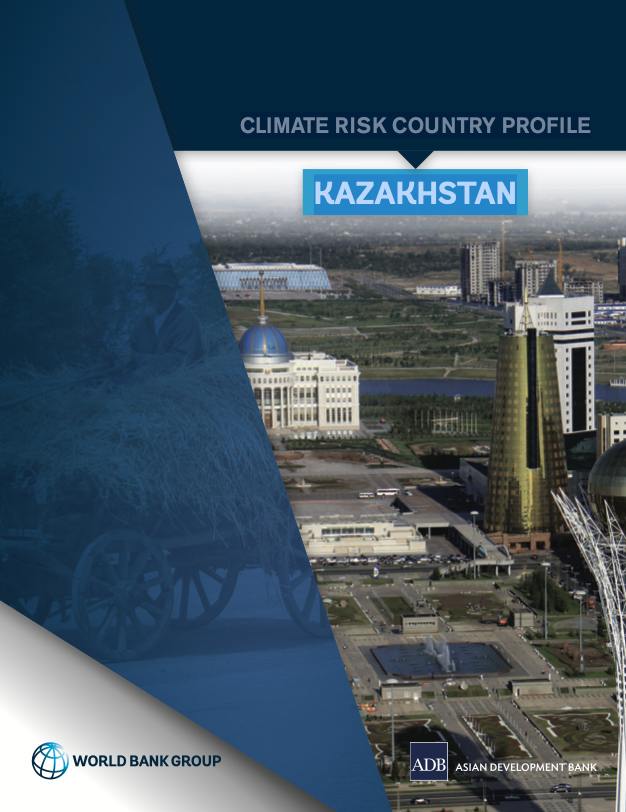Exploration of a tiered indicator approach to assess and track the resilience of pastoralism systems to climate and other shocks
A presentation from a workshop on developing pastoral system resilience indicators, held in Addis Ababa on 14-15th December 2023.




